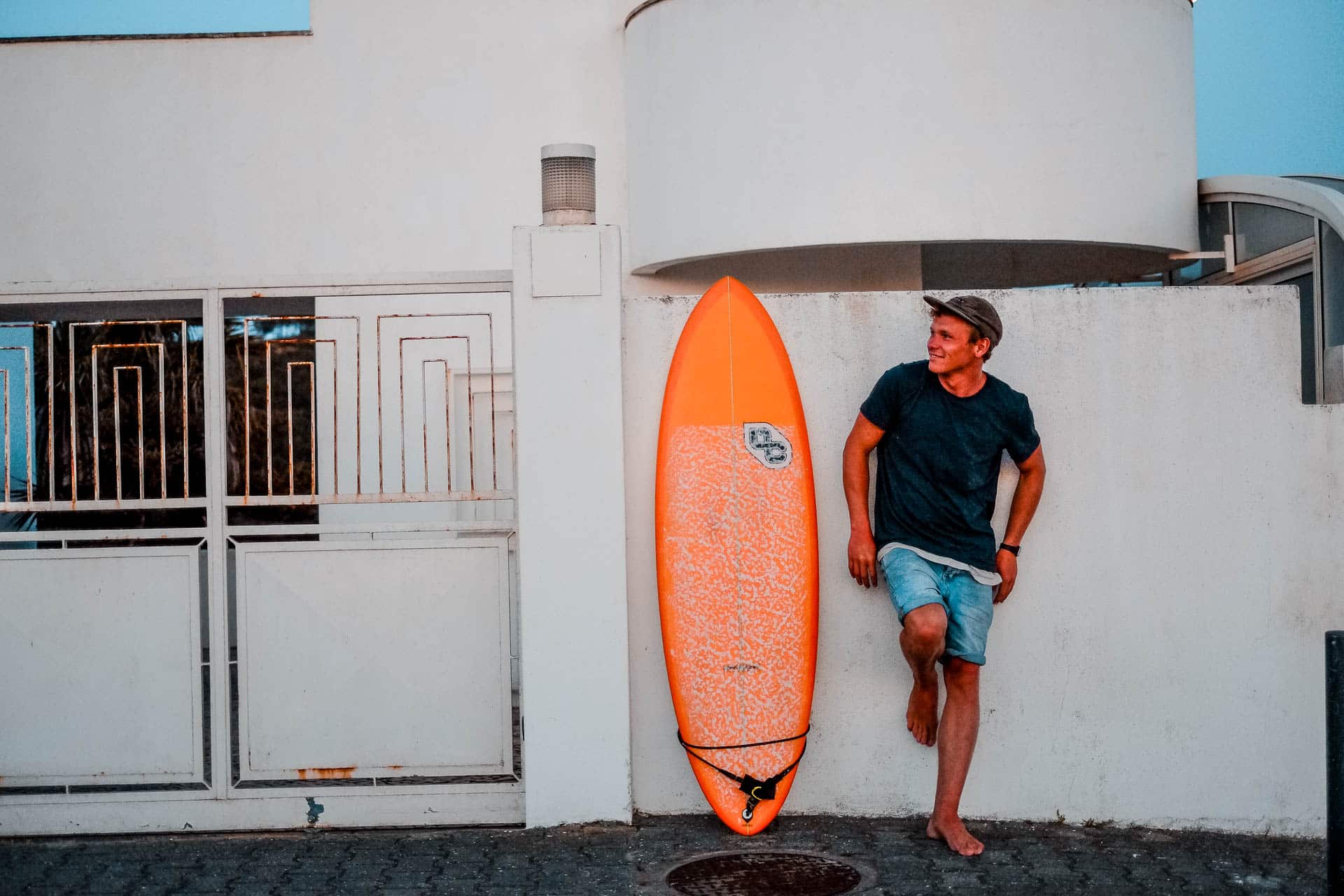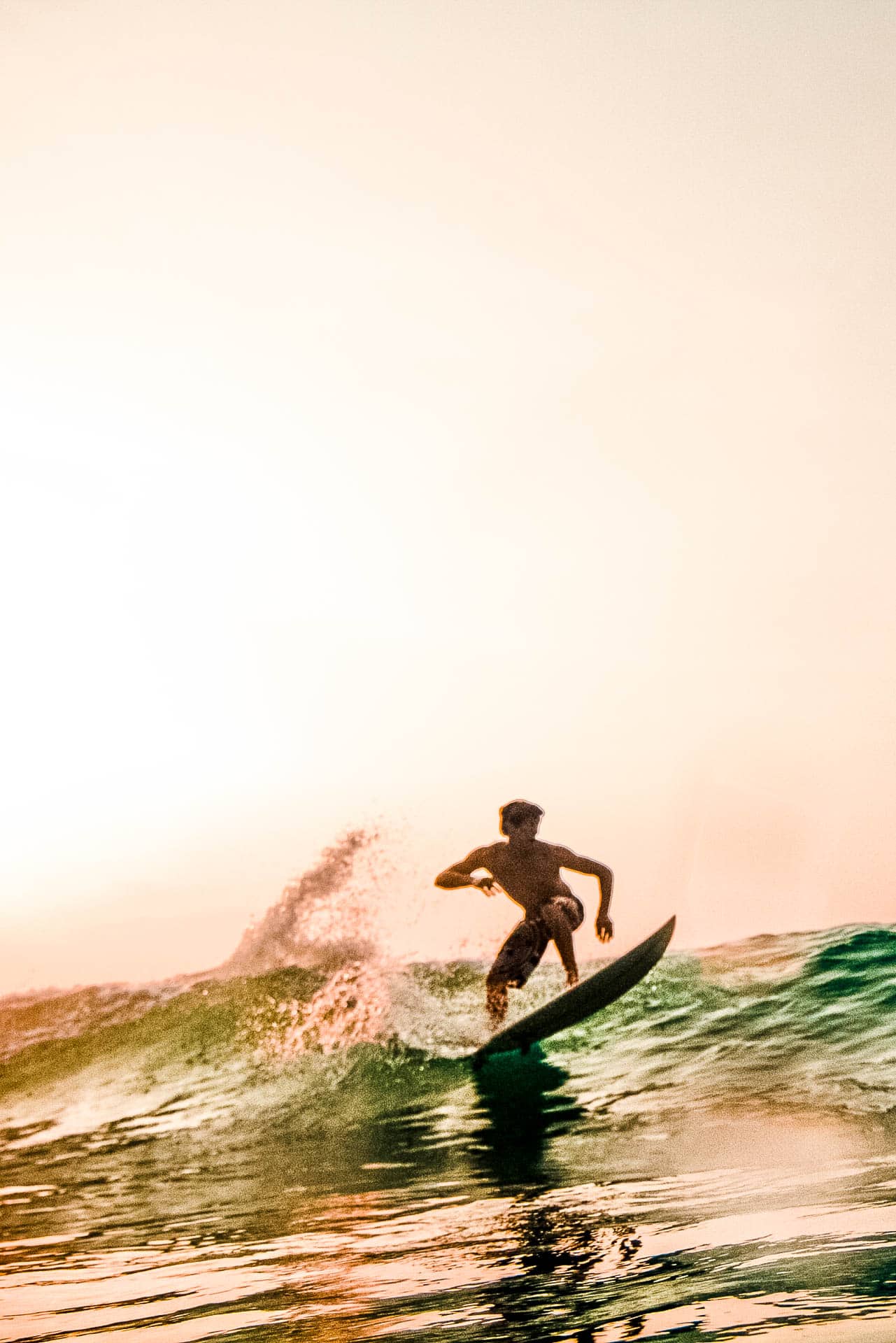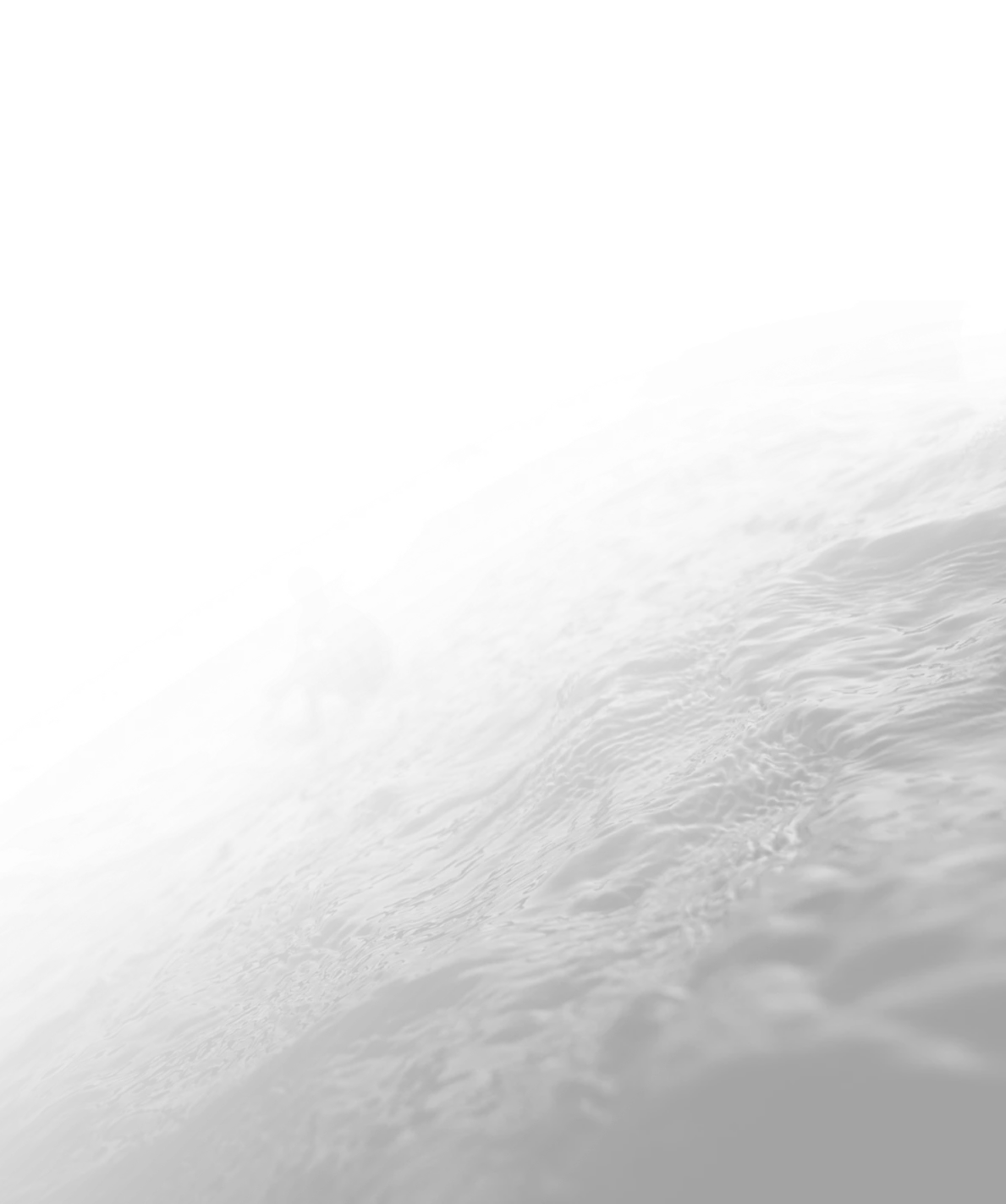Selecting the best surfboard is a pivotal decision that directly influences every surfer’s overall experience on the waves. Whether you’re a seasoned surfer or just beginning to catch small waves, finding the perfect board for your skill level is crucial.
Local surf shops are fantastic places to start your search, as they offer expert advice and a wide selection of surfboards suitable for various skill levels and wave conditions.
For beginners, foam boards and soft-top surfboards are excellent choices, providing stability while learning the fundamentals. These boards are user-friendly and make it easy for newcomers to get comfortable with surfing. As you progress, you can graduate to fish surfboards, which offer greater manoeuvrability and are versatile enough for small to medium waves.
Intermediate and advanced surfers can opt for a high-performance shortboard, ideal for riding larger waves and executing more advanced manoeuvres. These boards feature a narrower profile, enabling experienced surfers to take their skills to the next level.
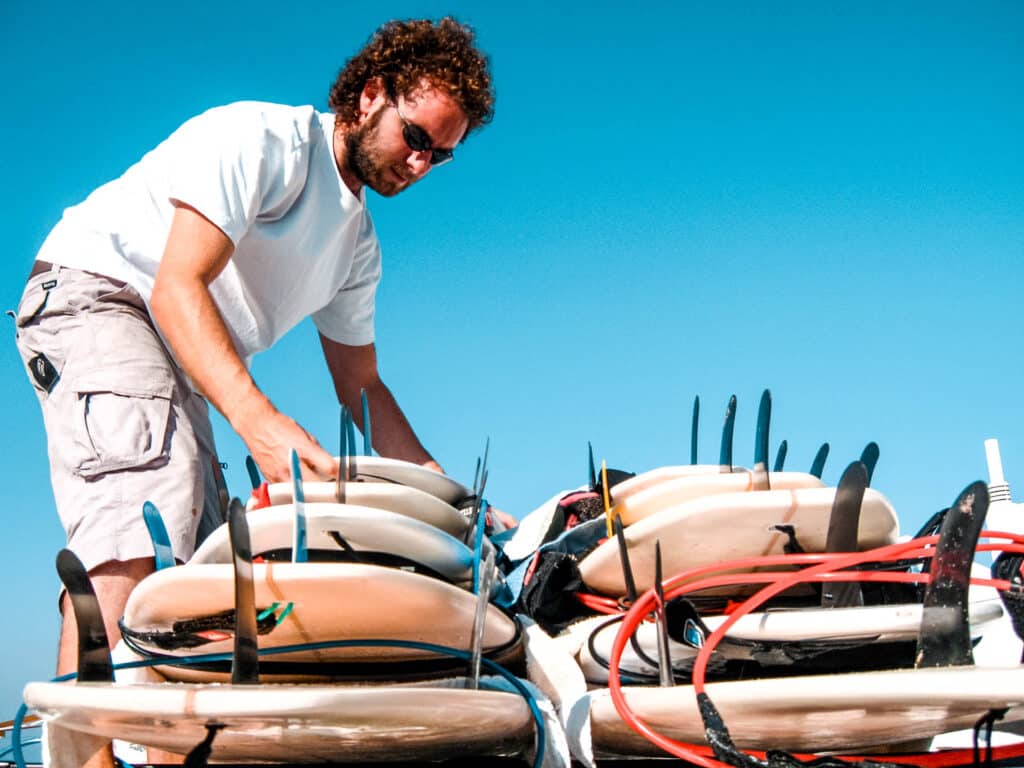
Choosing the Right Surfboard for Beginners
Head to your local surf shop, where you’ll find a variety of options suitable for your first surfboard. Soft tops and foam surfboards are highly recommended, as they provide excellent stability and buoyancy, making it easy for newcomers to paddle and catch waves. With rounded noses and wide outlines, these boards offer added stability, perfect for mastering the basics in small waves.
Alternatively, mini mal surfboards, which are essentially shorter longboards, are a fantastic option for beginners. These boards strike a balance between stability and manoeuvrability, offering more control while still providing the necessary stability for learning essential surfing skills.
Choosing the Right Surfboard for Intermediate Surfers
A funboard, also referred to as an hybrid surfboard, is a great choice for intermediate surfers looking to broaden their horizons and experiment with various surf styles. These boards combine the best features of both shortboards and longboards, offering a delightful blend of manoeuvrability and versatility. As you venture into more diverse wave conditions, a fun board will become your trusty companion, enabling you to push your limits and explore new tricks on the waves.
Another option for intermediate surfers is the fish board, which is designed to excel in smaller waves and offer increased manoeuvrability. Ultimately, the best surfboard for you will depend on your skill level, the wave conditions you often encounter, and your personal preferences. Whether you’re riding clean waves on the east coast or challenging head-high surf, finding the perfect board from the big range available is a thrilling part of the surfing experience.
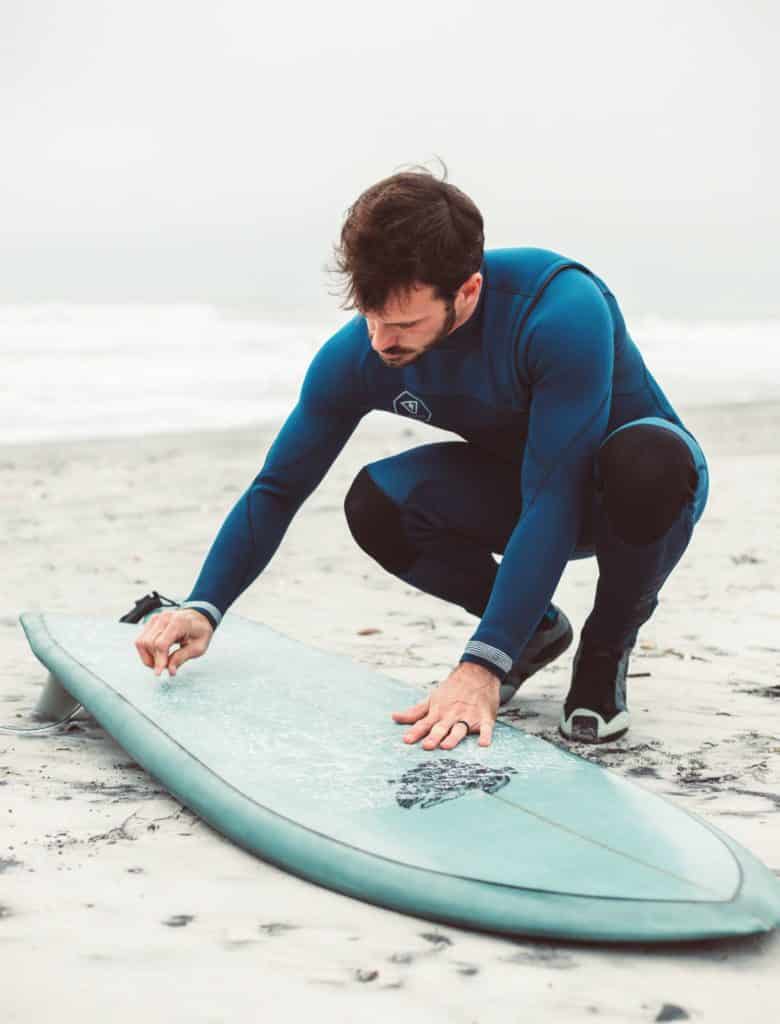
Choosing the Right Surfboard for Expert Surfers
For an experienced surfer who has honed their craft and seek the thrill of riding powerful waves, high-performance shortboards are the best board. With their narrower profile, pointed nose, and double concave bottom, these boards boast unparalleled responsiveness and control, empowering you to execute advanced manoeuvres with ease and finesse.
If you’re looking for the ultimate performance and manoeuvrability, consider opting for a thruster setup with three fins, tailor-made for seasoned surfers seeking the pinnacle of wave-riding precision.
Things to Keep in Mind When Shopping for a Surfboard
There are a number of factors to keep in mind when you are choosing a surfboard:
1. Assess if you are ready or need for big wave surfboards
For the more adventurous surfers who ride big waves, big wave surfboards are specifically designed to handle the power and size of these challenging conditions. They feature a larger board size, a squash tail, and two wooden stringers to add strength and control.
Surfing powerful waves requires a board that can handle the force of the water, and these boards are built to withstand those conditions. Professional surfers who ride massive waves and compete for world titles often use these boards to showcase their exceptional surfing skills.
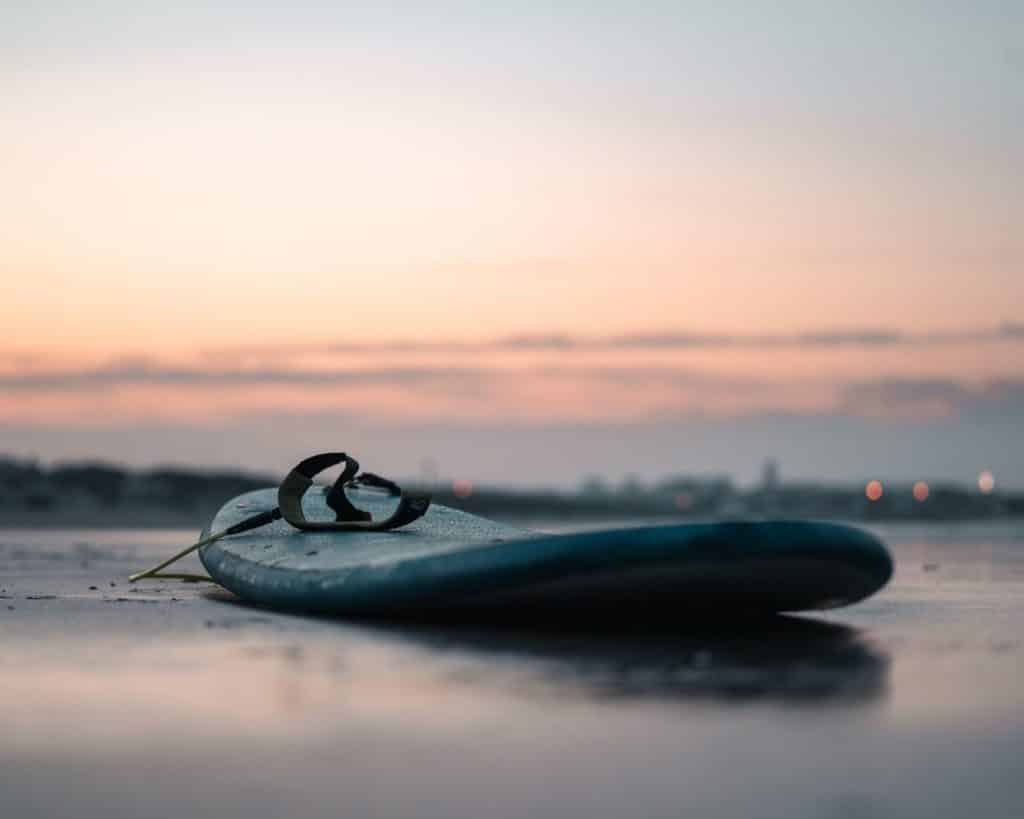
2. Consider tail and fin setups
When choosing the best surfboard, the board features play a critical role in ensuring the right fit for your needs. Fin setup is a significant aspect to consider, as it impacts a board’s performance and maneuverability.
Squash tails, known for their versatility, provide surfers with stability and control, making them an excellent choice for a broad range of wave conditions. On the other hand, fish tails are commonly found in fish boards, offering enhanced manoeuvrability and control, particularly in smaller waves. This tail shape allows surfers to pivot and turn more effortlessly, making it an attractive option for those who enjoy playing in less-powerful surf.
Twin fins, characterized by their two-fin setup, offer a looser and more playful feel. Surfers who prioritize speed and manoeuvrability often gravitate towards twin fins, as they encourage fluid and dynamic surfing styles. However, if you’re seeking the perfect balance between speed and control, the thruster setup with three fins is the go-to choice.
This configuration is the most popular and versatile, allowing surfers to confidently tackle various wave conditions with poise and precision. Whether you’re after stability, increased manoeuvrability, speed, or a balanced blend of attributes, tail shape, and fin setup are fundamental elements to consider when selecting the best surfboard for your surfing aspirations.
3. Make eco-friendly choices with sustainable surfboards
For those who cherish the environment and prioritize sustainability, seeking a sustainable surfboard is a noble choice. These boards are crafted using eco-friendly materials and production methods, leaving a minimal ecological footprint while still delivering exceptional performance.
One eco-friendly option is surfboards with expanded polystyrene (EPS) foam cores, which serve as an eco-conscious alternative to traditional foam materials. EPS foam reduces the environmental footprint of surfboard production while maintaining performance and buoyancy.
In addition to choosing sustainable materials, some surfers support local shapers who embrace environmentally friendly practices and use eco-conscious materials. By collaborating with local shapers, surfers can customize their boards with an emphasis on sustainability, ensuring they have a new board that aligns with their environmental values.
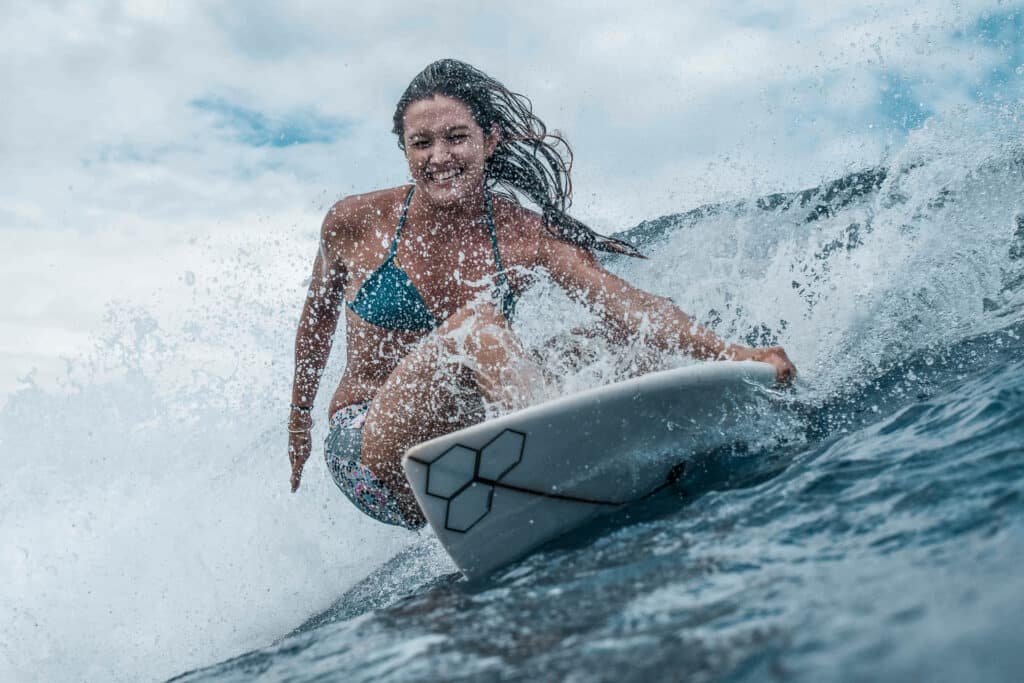
4. Is your surfboard user-friendly?
As you explore different surfboard options, you’ll likely come across various board designs and features that cater to specific skill levels and wave preferences. Foam core surfboards, for instance, have a foam interior that provides buoyancy and makes them more forgiving for beginners learning to catch waves.
Soft top boards are perfect for those just starting their surfing journey. Meanwhile, more advanced surfers may find the best high-performance shortboard to be their ultimate wave-riding companion. With their narrower profiles, pointed noses, and double concave bottoms, performance shortboards offer unrivaled responsiveness and control, ideal for executing precise maneuvers in critical sections of powerful waves.
Additionally, mid-length surfboards strike a balance between longboards and shortboards, offering a fun and versatile option for those seeking to progress quickly and experience the joy of riding smaller waves. Regardless of your skill level or preferences, exploring various board designs, working with a local shaper, and building a diverse board quiver will ensure you have the best boards at your disposal for any surfing adventure.
5. Explore local surf shops and craftsmanship of local shapers
Surfing is not just about the technical performance of a board; it is also an art form that allows surfers to express their passion for the sport. Many surfers are drawn to the craftsmanship of local shapers who possess the expertise to design custom boards with unique characteristics, adding a personal touch to their surfing experience. These custom boards are often considered the best surfboards as they cater to specific preferences and skill levels, meeting the needs of every surfer.
Surfing is not just about the technical performance of a board; it is also an art form that allows surfers to express their passion for the sport. Many surfers are drawn to the craftsmanship of local shapers who possess the expertise to design custom boards with unique characteristics, adding a personal touch to their surfing experience. These custom boards are often considered the best surfboards as they cater to specific preferences and skill levels, meeting the needs of every surfer.
If you’re unsure about which surfboard is best suited for your skill level and the type of waves you’ll be riding, seeking advice from experienced surfers or local surf shops is a wise decision. Experienced surfers can provide valuable insights based on their own experiences, while local surf shops often have knowledgeable staff who can guide you in selecting the right board for your needs.
Choosing the best surfboard for your skill level requires careful consideration of factors such as board type, tail and fin setup, and the conditions in which you’ll be surfing. Whether you’re a beginner seeking stability and ease of use or an advanced surfer looking to take on bigger waves, the right surfboard can significantly enhance your surfing experience and take your skills to new heights.
No matter the preference, skill level, or budget, finding the best surfboard to match one’s surfing journey will undoubtedly lead to unforgettable experiences. Remember to prioritize the safety and enjoyment of your surfing journey as you find the perfect board to ride the waves and connect with the ocean.
Reviews From Rapture Surfcamps’ Guests
FAQs
Consider your skill level, wave conditions, and surfing goals. Factors such as board size, shape, and construction are crucial.
Your weight, height, and skill level play a role. Beginners often start with larger, more stable boards, while experienced surfers may prefer smaller, more manoeuvrable ones.
Surfboards come in various shapes, including shortboards, longboards, and funboards. Shortboards offer greater manoeuvrability, while longboards provide stability and ease of paddling.
Rocker refers to the curvature of the board. More rocker aids manoeuvrability, while less rocker enhances speed. Consider your surfing style and wave conditions when choosing the appropriate rocker.
Wider boards offer more stability, making them suitable for beginners. Narrower boards are more manoeuvrable, suitable for advanced surfers aiming for tight turns.
Fins influence stability, speed, and manoeuvrability. Experiment with different fin setups to find the combination that suits your surfing style and the conditions you frequently encounter.
Yes, board volume is crucial. Higher volume boards float better and are easier to paddle, making them suitable for beginners. Experienced surfers may prefer lower volume boards for increased manoeuvrability.
Yes, materials like polyurethane and epoxy offer different characteristics. Epoxy boards are often more durable and lighter, while polyurethane boards may have a more traditional feel. Consider your preferences and budget.
While some boards are versatile, it’s beneficial to have different boards for different conditions. Longboards are great for small waves, while shortboards excel in larger, more powerful surf.
As your skills progress, you may feel the need for a more specialized board. If you find your current board limiting your progression or not suitable for the conditions you frequently encounter, it might be time for an upgrade.
